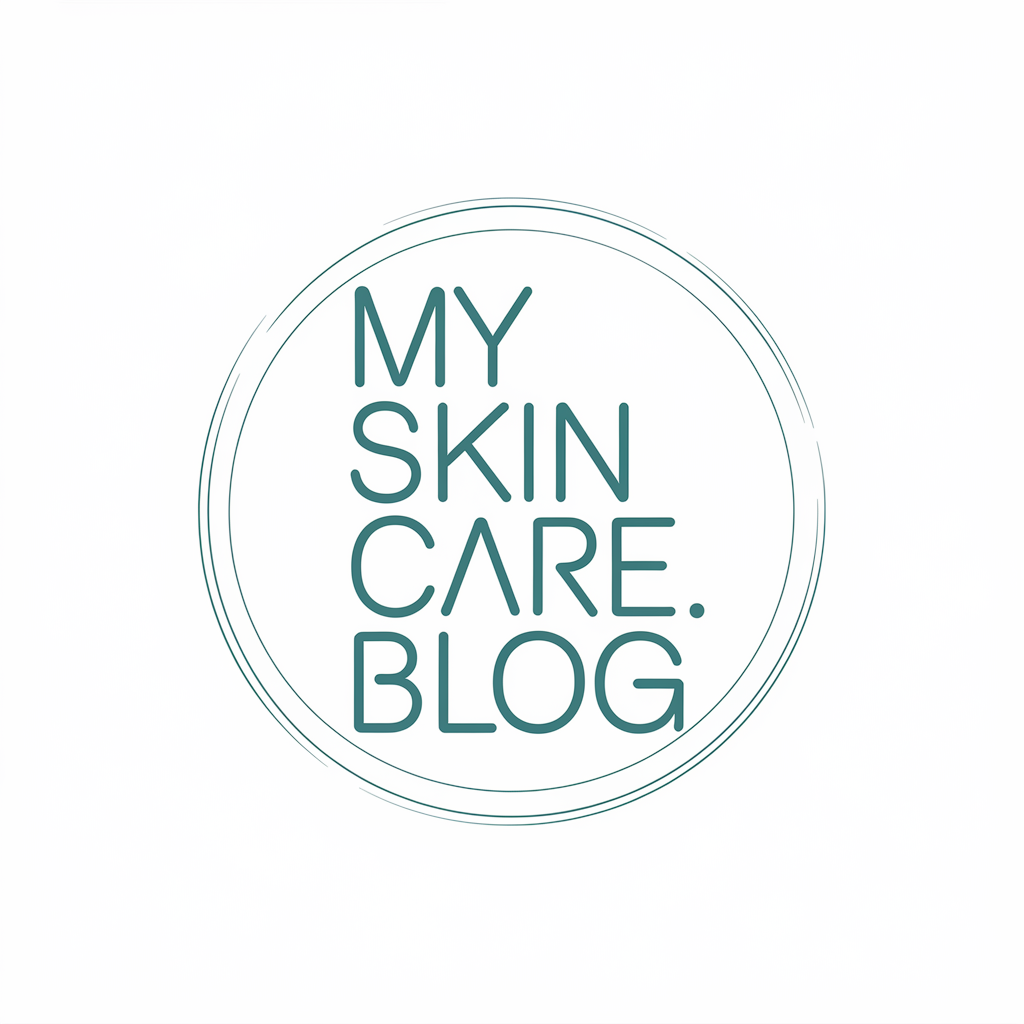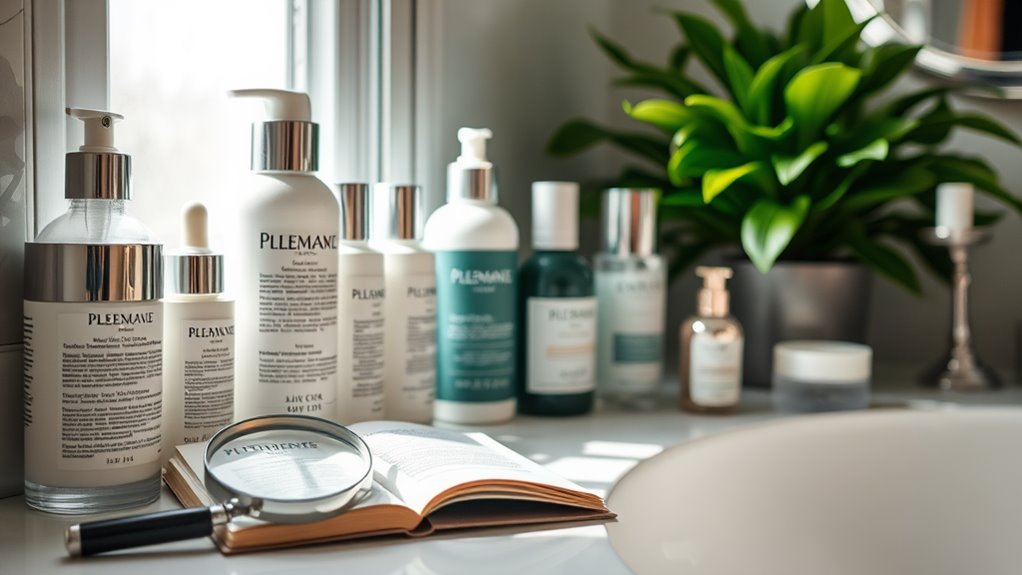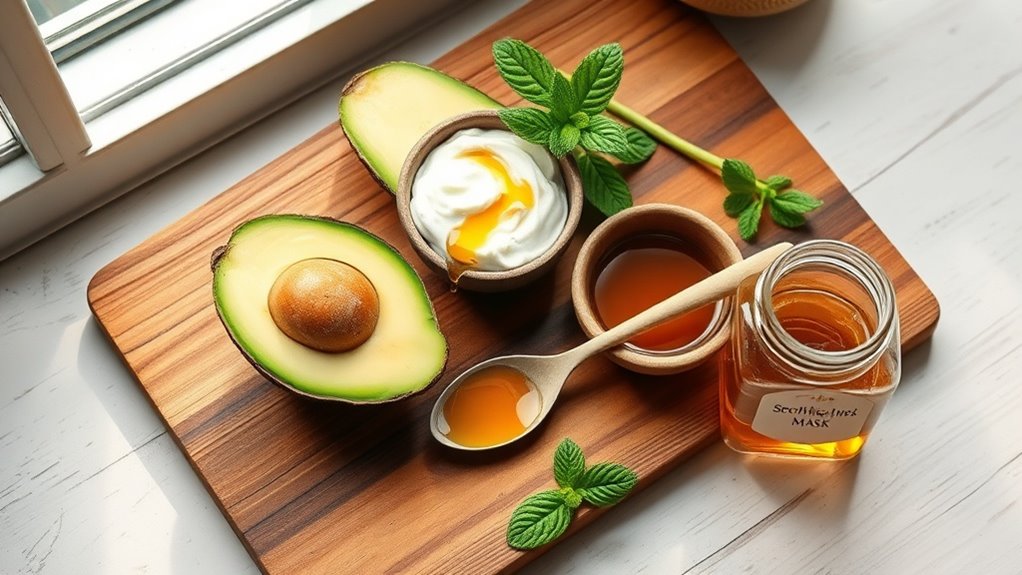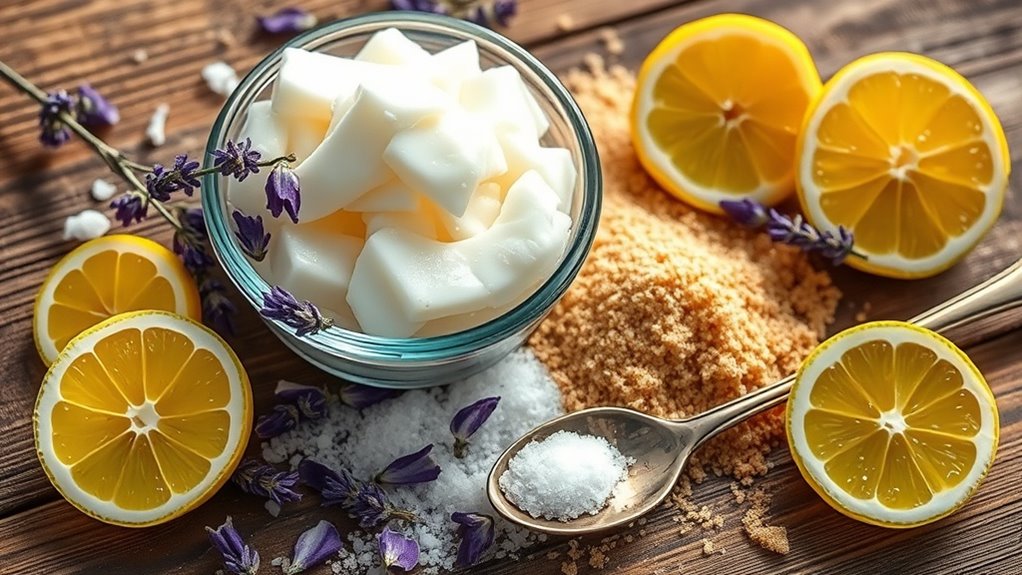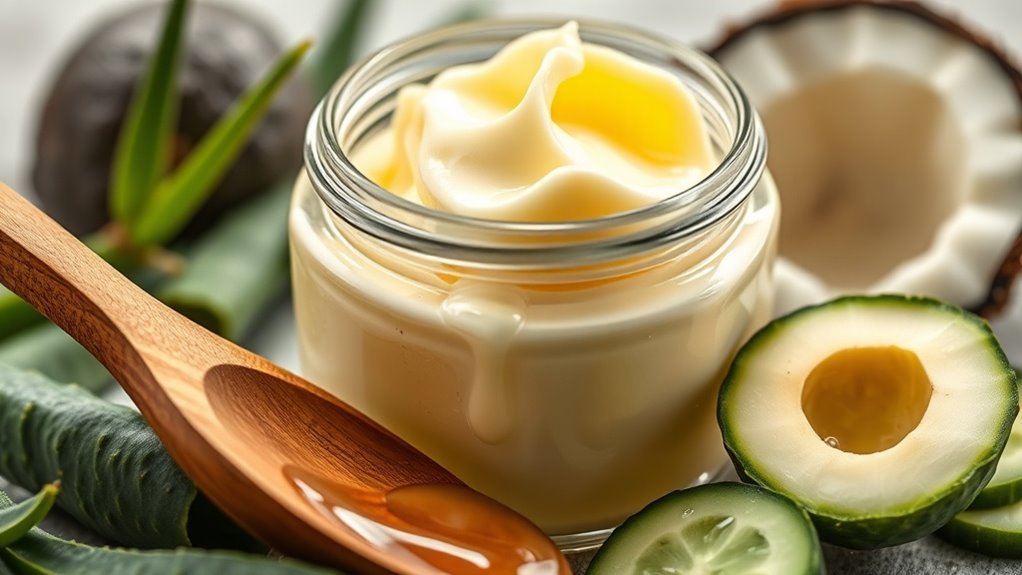Are You Putting TOXINS on Your Skin. Here’s How to Find Out!
You might be unwittingly applying harmful toxins to your skin every day. Many common skincare products contain ingredients that can disrupt your hormonal balance and irritate your skin. By understanding what to look for, you can make smarter choices for your skin’s health. Curious about what specific toxins to avoid and how to identify them? Keep exploring to uncover the truth behind your beauty routine.
Understanding Toxic Ingredients in Skincare
While you might assume that all skincare products are safe, understanding toxic ingredients in skincare is crucial for your health. You want to feel confident in your choices, and knowing what’s in your products helps you connect with others who care about their well-being too.
Toxic skincare ingredients can sneak into your daily routine, affecting not just your skin but your overall health as well. Ingredients like parabens, sulfates, and synthetic fragrances can irritate your skin and disrupt hormonal balance. Additionally, being aware of common toxic ingredients allows you to make more informed decisions about the products you use.
By educating yourself on these harmful components, you’re not just protecting yourself; you’re joining a community of conscious consumers who prioritize clean beauty.
When you read labels and ask questions, you empower yourself and others around you. Together, you can make informed choices and promote healthier alternatives.
Common Toxic Chemicals to Avoid
When it comes to skincare, there are several common toxic chemicals you should steer clear of to protect your health.
First up is parabens, often used as preservatives but linked to hormone disruption.
Then there are sulfates, which can strip your skin of its natural oils, leading to irritation.
You’ll also want to avoid phthalates, commonly found in fragrances, as they can disrupt your endocrine system.
Another culprit is formaldehyde, a known carcinogen that can sneak into products under different names.
Lastly, be cautious of synthetic fragrances; these can contain numerous hidden toxins that trigger allergies and sensitivities.
By being mindful of these ingredients, you can choose products that not only make you feel good but also align with your values. Additionally, knowing about potentially harmful ingredients can empower you to make informed decisions when selecting skincare products. Your skin deserves the best, and you’ll foster a community of wellness by sharing this knowledge with friends who care just as much about their health.
How to Read Product Labels Effectively
Reading product labels effectively is crucial for making informed skincare choices. Start by checking the ingredient list, which is typically ordered from most to least concentrated. Look for recognizable ingredients—if you can’t pronounce it, it’s worth researching. Pay attention to the first few ingredients, as they usually make up the bulk of the product.
Next, identify potential toxins, such as parabens, sulfates, and synthetic fragrances. Many brands are now transparent about their formulations, so don’t hesitate to seek out brands that prioritize clean ingredients.
Also, look for certifications like “cruelty-free” or “organic,” which can indicate a commitment to ethical practices. Additionally, understanding common skincare label marketing tactics can help you discern which products are genuinely beneficial for your skin.
Finally, trust your instincts; if a label raises red flags, it’s completely okay to put it back on the shelf. Being informed not only helps your skin but also connects you with a community that values health and safety.
Safe Alternatives to Toxic Skincare Products
After you’ve familiarized yourself with how to read product labels, the next step is to explore safe alternatives to toxic skincare products.
You can embrace natural ingredients that nourish your skin without harmful additives. Look for products containing organic oils like jojoba or coconut, which hydrate without clogging pores.
Consider using plant-based ingredients such as aloe vera, shea butter, and essential oils for their soothing properties. Brands focused on clean beauty often prioritize transparency and sustainability, so seek those out.
Notably, some natural ingredients may offer science-backed benefits that enhance your skin’s health and appearance.
You might also try DIY skincare recipes, like honey masks or oatmeal scrubs, which can be both effective and fun to make.
Joining communities or forums focused on clean beauty can connect you with others who share your passion for safer skincare.
The Importance of Patch Testing
Have you ever wondered why patch testing is essential before trying new skincare products? It’s simple: your skin is unique, and what works for someone else mightn’t work for you.
By conducting a patch test, you can identify potential allergic reactions or irritations before applying a product all over your face or body. Just apply a small amount of the product on a discreet area, like your wrist or behind your ear, and wait 24 to 48 hours.
If you notice redness, itching, or swelling, it’s a clear sign to steer clear of that product. This simple step not only helps you avoid discomfort but also builds your confidence in choosing safe skincare. Additionally, it’s crucial to avoid common skincare mistakes that can further aggravate sensitive skin.
Resources for Further Research on Skincare Safety
As you explore the world of skincare safety, having reliable resources at your fingertips can make all the difference. Start with the Environmental Working Group (EWG) website, where you can find a database of products and their safety ratings. It’s a great way to see how your favorite items stack up.
The American Academy of Dermatology also offers valuable insights into skin health and product safety, making it a trustworthy go-to.
Don’t forget to check out peer-reviewed journals like the Journal of Cosmetic Dermatology for in-depth studies and findings that can help shape your choices.
Social media platforms, like Instagram and TikTok, have communities dedicated to clean beauty; just be sure to verify the information from credible sources. Engaging with others who care about skincare safety can empower you to make informed decisions, creating a supportive network in your journey towards healthier skin. Furthermore, understanding that expensive products often do not guarantee better results can help you make more cost-effective choices.
